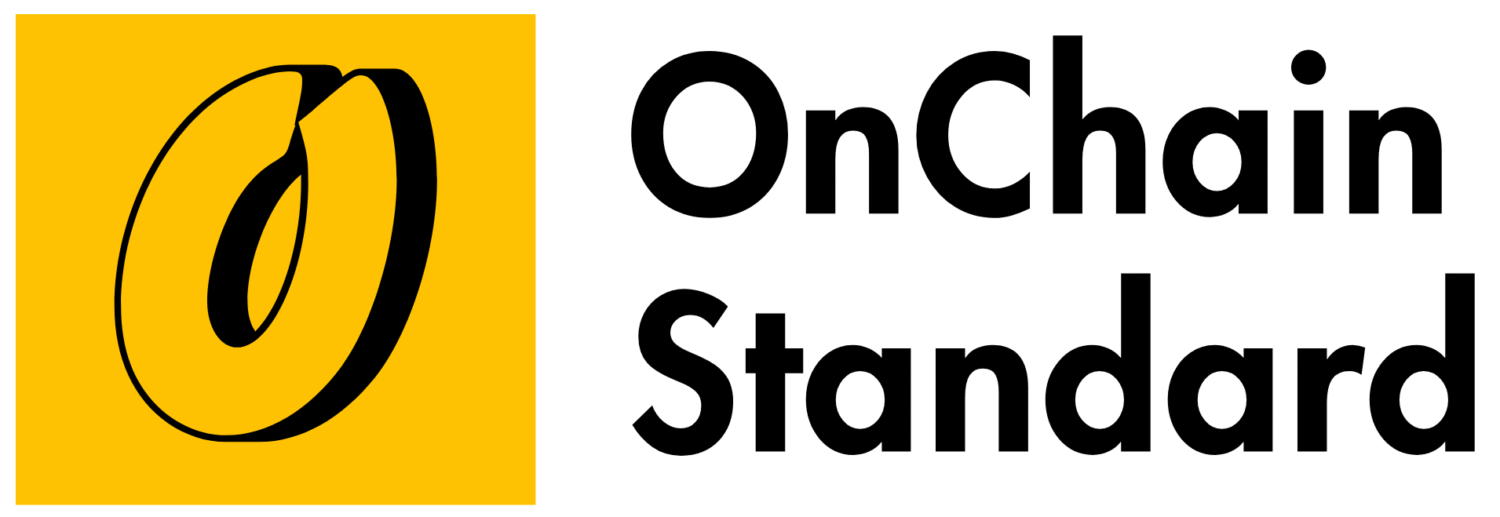How to Spot a Scam Token in 2025
Learn how to spot a scam token in 2025 with this guide. Discover red flags like rug pulls, fake teams, and suspicious tokenomics to protect your crypto investments.
Introduction: Navigating the Crypto Wild West
In 2025, the cryptocurrency market, valued at $2.3 trillion, offers immense opportunities but also significant risks. With thousands of tokens launching on blockchains like Ethereum, Base, and Sonic, scam tokens—designed to deceive investors and drain funds—are a growing threat. From rug pulls to fake projects, identifying these scams is crucial to safeguarding your investments. This guide outlines key red flags and practical steps to spot scam tokens in the ever-evolving crypto landscape.
What Is a Scam Token?
A scam token is a cryptocurrency created with malicious intent, often to trick investors into buying worthless or fraudulent assets. Common scams include rug pulls (where developers abandon a project after collecting funds), pump-and-dump schemes, or tokens mimicking legitimate projects. While meme coins like Basenji ($BENJI) or Andy ($ANDY) thrive on community support, scam tokens lack transparency, utility, or credible backing, aiming to exploit unsuspecting investors.
Red Flags to Spot a Scam Token
1. Lack of Transparency in Team and Project
-
Anonymous or Fake Team: Legitimate projects disclose team identities with verifiable profiles (e.g., LinkedIn, GitHub). Scam tokens often feature anonymous developers or fabricated names with no online presence.
-
Vague Whitepaper: A poorly written or overly generic whitepaper with no clear roadmap, use case, or technical details is a warning sign. For comparison, Sonic’s $S token provides a detailed whitepaper outlining its Fee Monetization program.
-
No Public Code: Reputable tokens, like those on Base with renounced contracts (e.g., $BENJI), share open-source smart contracts on platforms like GitHub. Hidden or unaudited code suggests potential manipulation.
2. Suspicious Tokenomics
-
Unrealistic Promises: Tokens promising guaranteed high returns (e.g., “100x in a week”) are often scams. Legitimate projects, like Shadow Exchange ($SHADOW), focus on realistic utility like DeFi trading.
-
Excessive Developer Allocation: If a large percentage of tokens (e.g., >20%) is reserved for the team without lockup periods, it raises rug pull risks. Andy ($ANDY) allocates only 2% to its team, with 86% for liquidity.
-
Unclear Supply Mechanics: Tokens with unlimited or unclear supply (unlike $BENJI’s fixed 1 billion) can be manipulated to inflate or dump prices.
3. Lack of Legitimate Utility or Use Case
-
No Real Purpose: Scam tokens often lack practical use cases, unlike Sonic’s $S (used for staking and governance) or Unichain’s integration with 1inch for DeFi swaps.
-
Copycat Projects: Tokens mimicking established coins (e.g., fake “Bitcoin Pro” or “Ethereum 2.0”) use similar branding to deceive. Always verify official websites and contracts.
-
Hype Over Substance: Excessive focus on marketing buzzwords like “revolutionary AI blockchain” without technical backing is a red flag.
4. Suspicious Trading and Liquidity Patterns
-
Low Liquidity: Scam tokens often have thin liquidity pools, making it hard to sell. Legitimate tokens like $BEETS on Sonic maintain robust liquidity through partnerships (e.g., Wintermute).
-
Pump-and-Dump Activity: Sudden price spikes followed by crashes, often driven by fake hype, indicate manipulation. Check trading volume on platforms like CoinGecko—$BENJI’s $2.48M daily volume reflects steady activity.
-
Locked or Fake Liquidity: Unlike $ANDY’s burnt liquidity, scam tokens may fake locked liquidity or unlock it secretly for rug pulls.
5. Poor Community and Communication
-
Fake Social Media Hype: Bots or paid shills inflating social media engagement (e.g., thousands of generic comments) suggest artificial popularity. Legitimate communities, like Sonic’s, engage authentically.
-
Unresponsive Team: Scam projects often ignore community questions or provide vague responses. Compare this to active teams like 1inch, which hosts regular AMAs.
-
No Official Channels: Lack of verified websites, Discord, or Telegram channels is a warning sign. Always check official sources for tokens like $FLY on Sonic.
6. High-Pressure Tactics
-
FOMO Marketing: Phrases like “buy now or miss out” or “limited-time presale” pressure investors into hasty decisions. Legitimate projects like SwapX ($SWPX) focus on long-term value.
-
Fake Endorsements: Claims of partnerships with major firms (e.g., Coinbase, Binance) without proof are suspicious. Verify announcements through official channels.
-
Unrealistic Airdrops: Promises of free tokens requiring private key sharing or deposits are scams. Never share your wallet’s private keys.
Practical Steps to Avoid Scam Tokens
-
Research the Team and Project:
-
Verify team identities via LinkedIn, GitHub, or public appearances.
-
Read the whitepaper and check for audited smart contracts on platforms like Etherscan or Sonic Explorer.
-
Confirm official project websites and social media handles to avoid phishing sites.
-
-
Analyze Tokenomics:
-
Check token supply, allocation, and vesting schedules on CoinGecko or CoinMarketCap.
-
Ensure liquidity is locked or burnt (e.g., $BENJI’s burnt liquidity) via tools like Unicrypt.
-
Avoid tokens with excessive team allocations or unclear emission schedules.
-
-
Use Reputable Platforms:
-
Trade on trusted exchanges like Binance, LBank, or Gate.io, where $BENJI’s BENJI/USDT pair has $1.53M in volume.
-
Use DEX aggregators like 1inch for secure swaps on Layer 2s like Base or Unichain.
-
Store funds in secure wallets like 1inch Wallet or hardware wallets, avoiding unverified platforms.
-
-
Monitor Market Behavior:
-
Track trading volume and price history on CoinGecko to spot pump-and-dump patterns.
-
Check for consistent liquidity and community engagement, as seen with Sonic’s $SHADOW ($32M market cap).
-
Be wary of tokens with sudden volume spikes without clear catalysts.
-
-
Engage with the Community:
-
Join official project communities to gauge authenticity and team responsiveness.
-
Look for transparent updates, like Sonic’s FeeM program details or 1inch’s Unichain integration announcements.
-
Avoid projects with overly aggressive or bot-driven community hype.
-
Why Spotting Scam Tokens Matters in 2025
With the crypto market booming at $2.3 trillion and DeFi TVL at $92.3 billion, scam tokens exploit the excitement around projects like Sonic’s $S or Base’s $ANDY. In 2024 alone, rug pulls and scams drained over $1.2 billion, per blockchain security firms. Identifying red flags protects your funds and supports legitimate projects driving Web3 innovation, such as Unichain’s MEV-protected swaps or Sonic’s 400,000 TPS blockchain. By staying vigilant, you contribute to a safer crypto ecosystem.
Conclusion
Spotting a scam token in 2025 requires diligence and skepticism. Look for red flags like anonymous teams, suspicious tokenomics, and fake hype, while prioritizing projects with transparency, audited contracts, and real utility—like Sonic’s $BEETS or Base’s $BENJI. By researching teams, analyzing market data, and using trusted platforms, you can navigate the crypto space safely. As the industry grows, staying informed and cautious ensures you invest in projects with genuine potential while avoiding costly scams.




